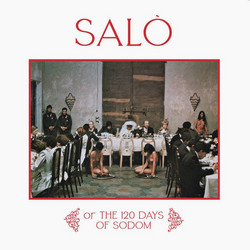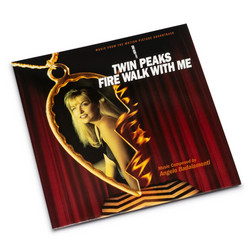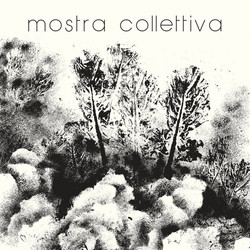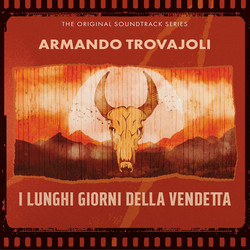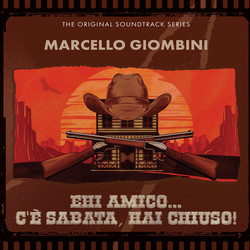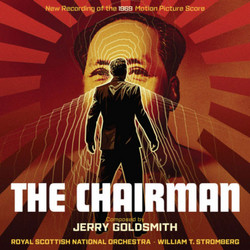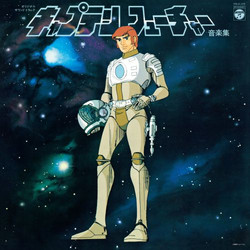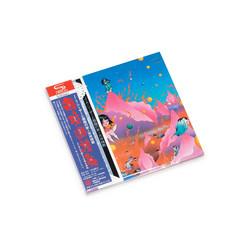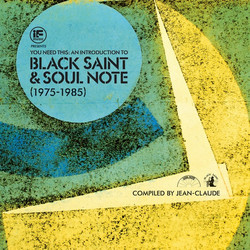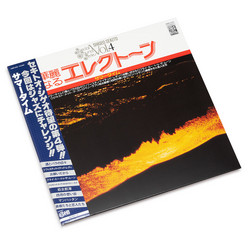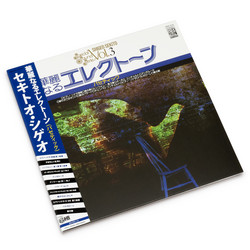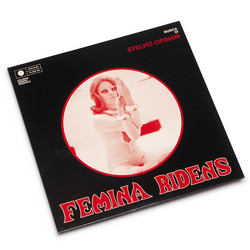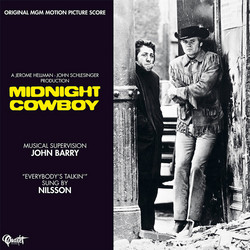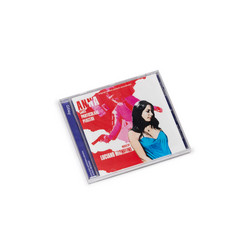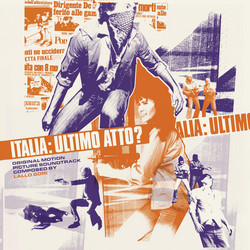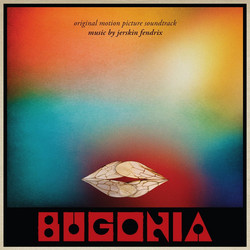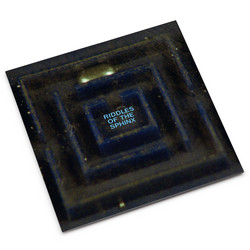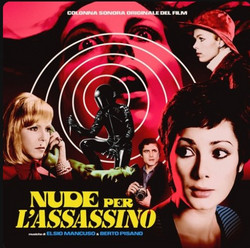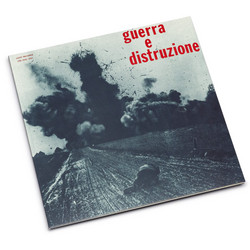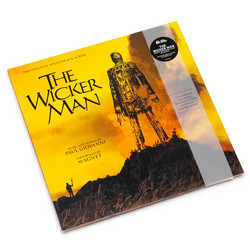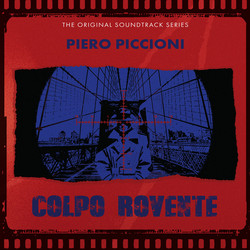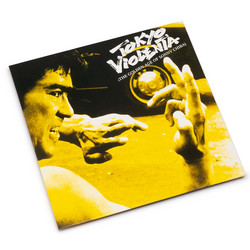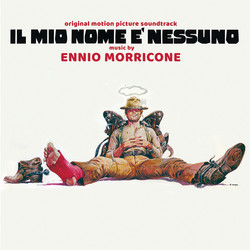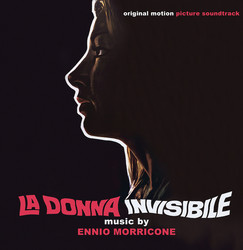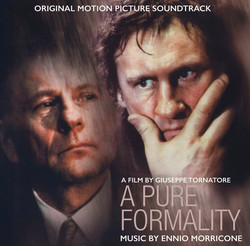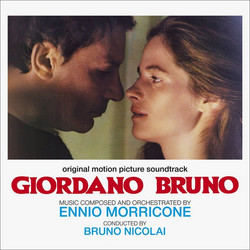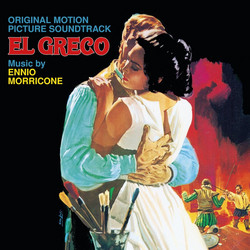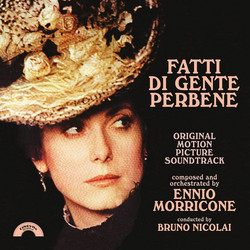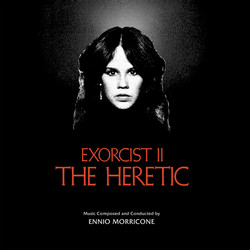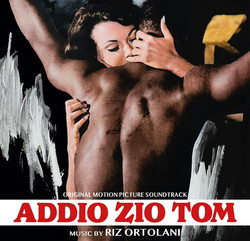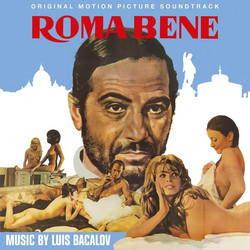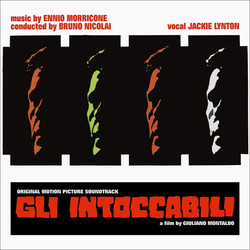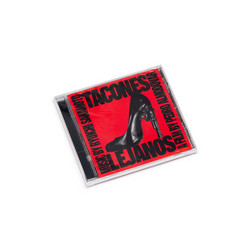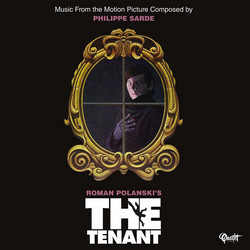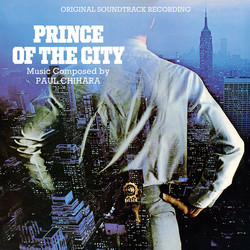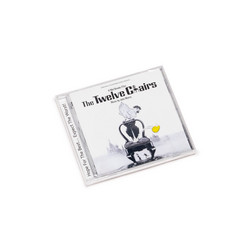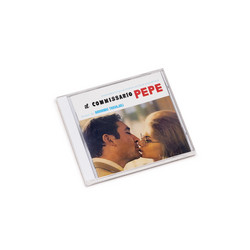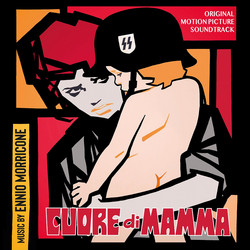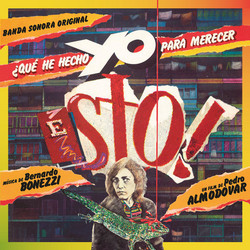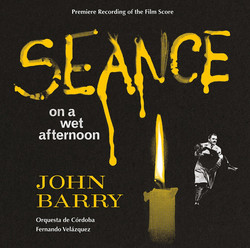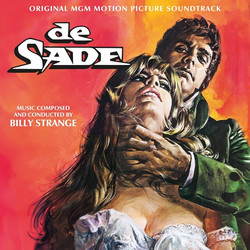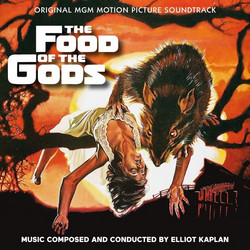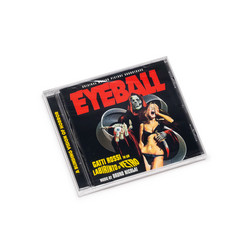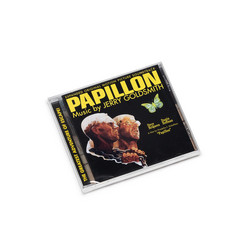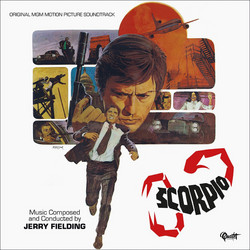Ennio Morricone
Indagine Su Un Cittadino Al Di Sopra Di Ogni Sospetto (Expanded Edition)
In the pantheon of cinematic composers, few have wielded the power to transform narrative through sound as masterfully as Ennio Morricone. This newly restored edition of his score for Elio Petri's 1970 Academy Award-winning Indagine su un Cittadino al di Sopra di Ogni Sospetto stands as a revelatory document of one of cinema's most subversive musical statements—a work that has remained criminally underheard in its intended stereo configuration for over half a century. Morricone's approach to this darkly satirical thriller represents a radical departure from conventional film scoring orthodoxy. Where most composers might have opted for traditional orchestral menace, Morricone constructed a sonic world of deliberate imperfection that mirrors the moral corruption at the film's core. His instrumentation reads like a manifesto against good taste: mandolin, classical guitar, deliberately out-of-tune piano, bassoons, synthesizer, and mouth harp combine in what he described as "careless, somewhat dirty and imprecise" interpretations that brilliantly evoke the psychological murkiness of Gian Maria Volonté's monstrous police inspector.
This is Morricone at his most iconoclastic—predating the more celebrated experiments of his later career by decades. The main theme, with its limping, off-kilter rhythm and sneering melodic contours, functions as both musical characterization and social commentary. It's a grotesque waltz for a grotesque character, performed with the kind of intentional sloppiness that reveals profound artistic sophistication.
The historical significance of this 2025 edition cannot be overstated. Since the film's release, audiences have known this score primarily through mono reproductions—first as a mere 45-rpm single, later through various mono LP and CD iterations. Even Cinevox's ambitious 2007 expansion, while valuable for its inclusion of film versions and alternates, could only offer partial stereo remixes from incomplete sources. The discovery of the original multi-track elements represents nothing short of an archaeological triumph, finally allowing us to hear Morricone's spatial conception as intended. Chris Malone's restoration work deserves particular recognition. The stereo separation reveals layers of instrumental interaction previously buried in the mono mix—the way Morricone's synthesizer textures weave between acoustic instruments, how his percussion elements create rhythmic counterpoint, and most crucially, how silence and space function as compositional elements. This is music that breathes in stereo, each instrumental voice occupying its own psychological territory within the soundfield. The inclusion of both the newly restored stereo version and the remastered mono album serves as a fascinating study in how medium shapes meaning. The mono versions, with their unique mixes and takes, present the score as a more claustrophobic, internalized experience—appropriate for a film about psychological entrapment. The stereo versions open up the music's theatrical dimensions, revealing it as both intimate character study and broad social satire.
Beyond its technical achievements, this release illuminates Morricone's position within the broader landscape of 1960s experimental music. His willingness to embrace "imperfection" as an aesthetic principle aligns him with contemporary movements in musique concrète and the more adventurous territories being explored by figures like John Cage and Karlheinz Stockhausen. Yet Morricone achieves these effects while maintaining the narrative functionality essential to film music—a balancing act few composers could manage. Miguel Ángel Ordóñez's accompanying essay provides crucial context for understanding both Petri's radical cinema and Morricone's musical response. The composer's score doesn't merely support the film's themes—it embodies them, creating a sonic equivalent to Petri's visual strategies of distanciation and critique.
This edition stands as essential listening for anyone seeking to understand Morricone's complete artistic evolution. Far from the romantic expansiveness of his Western scores or the operatic grandeur of his horror work, Indagine reveals a composer willing to make beauty from ugliness, to find musical truth in deliberate artifice. It's Morricone as social critic, Morricone as avant-garde provocateur, Morricone as uncompromising artist. For collectors and scholars of film music, this represents a landmark release - the kind of archival work that fundamentally alters our understanding of a major work. For those discovering this score for the first time, prepare for Morricone at his most challenging and rewarding. This is music that questions everything we think we know about how film scores should sound, how they should function, and what they can accomplish.
Absolutely essential - a masterpiece finally heard as intended, revealing new depths in every carefully orchestrated imperfection. This level of restoration and presentation may not appear again for decades.
